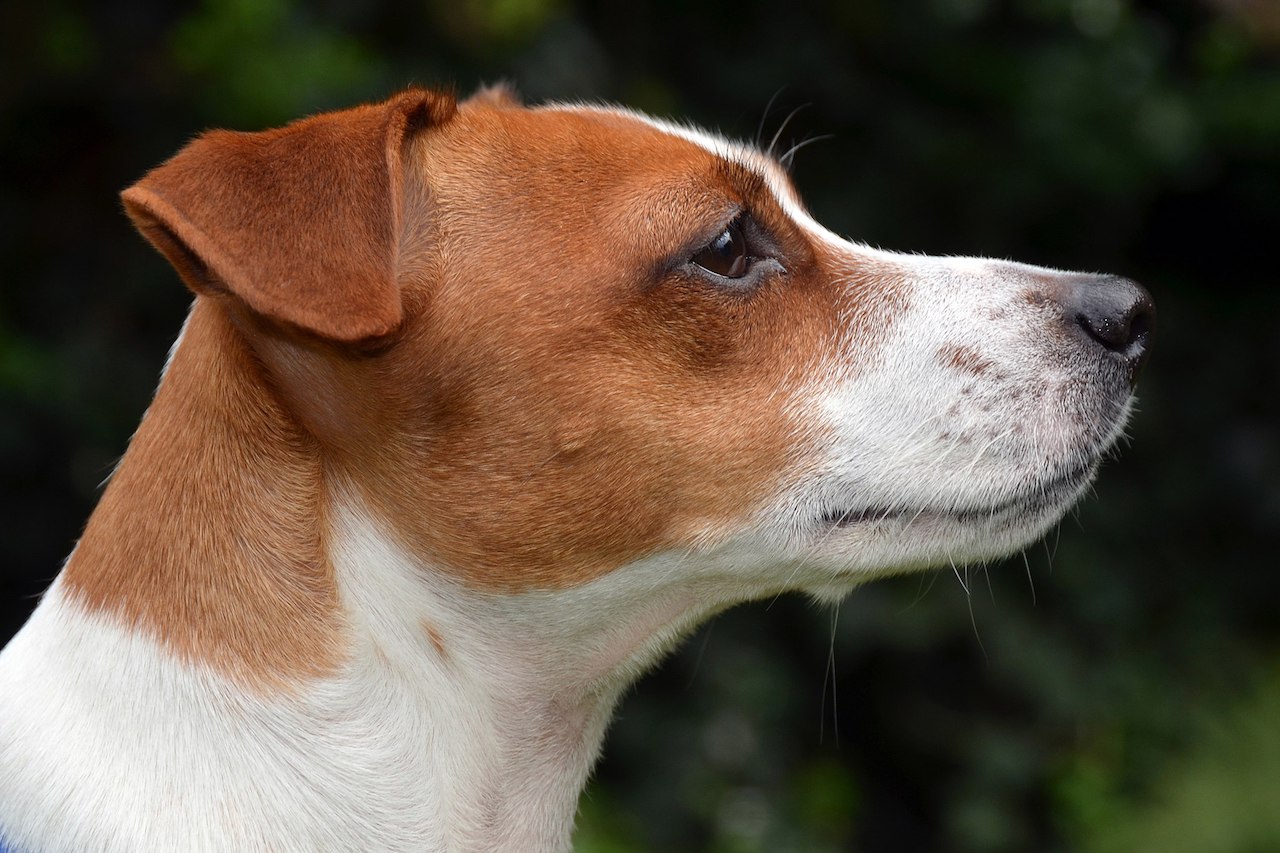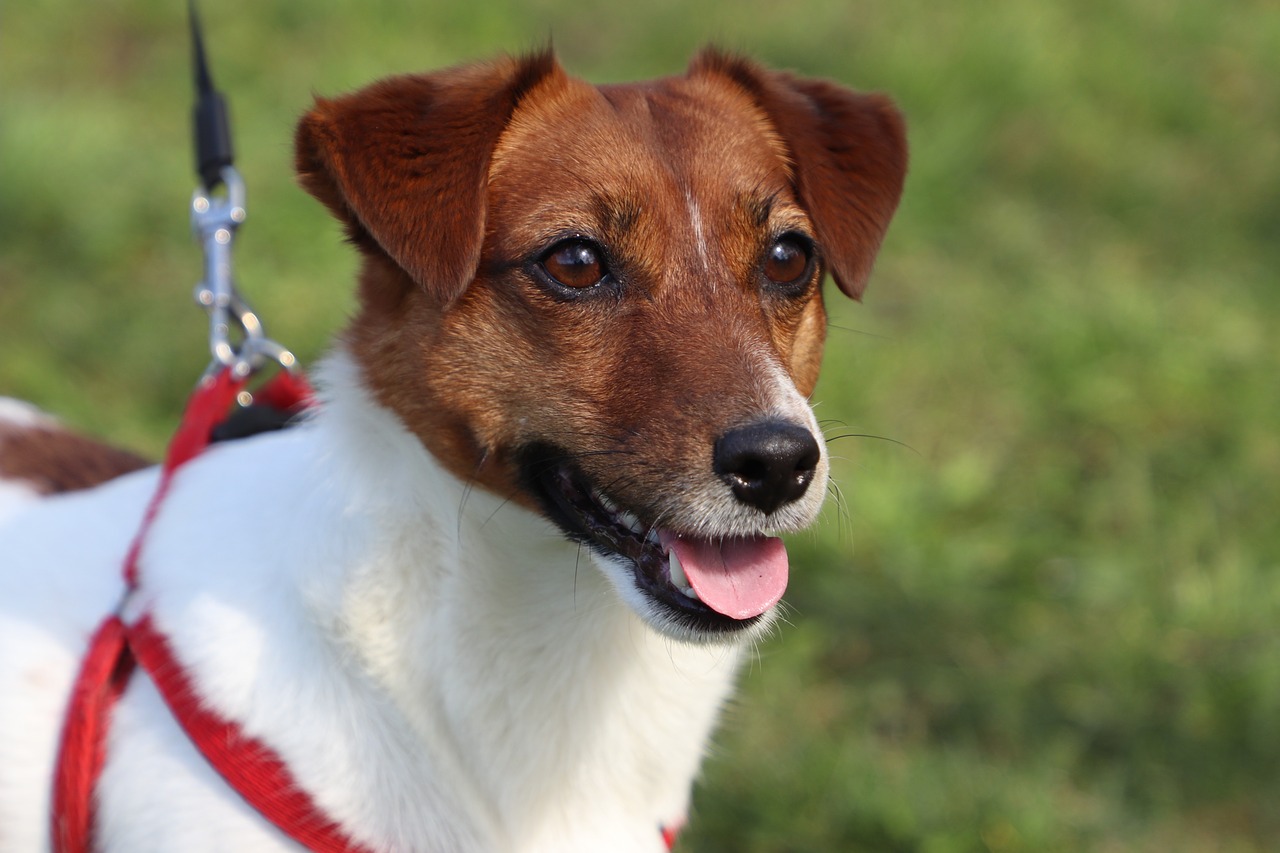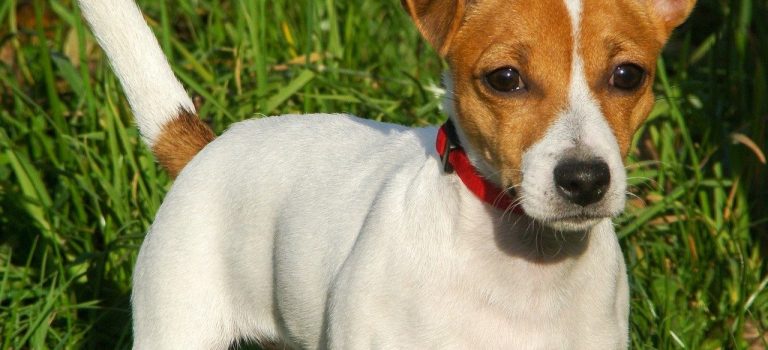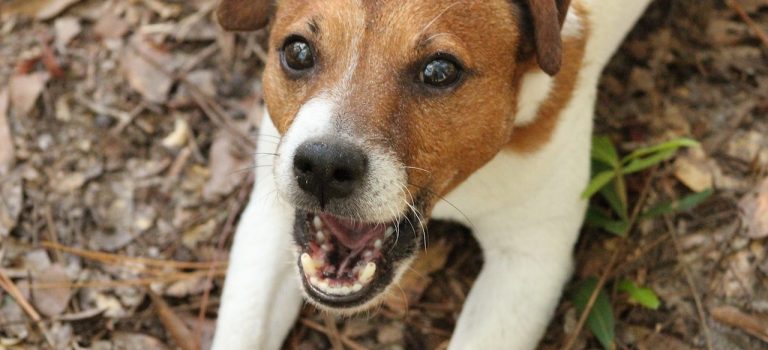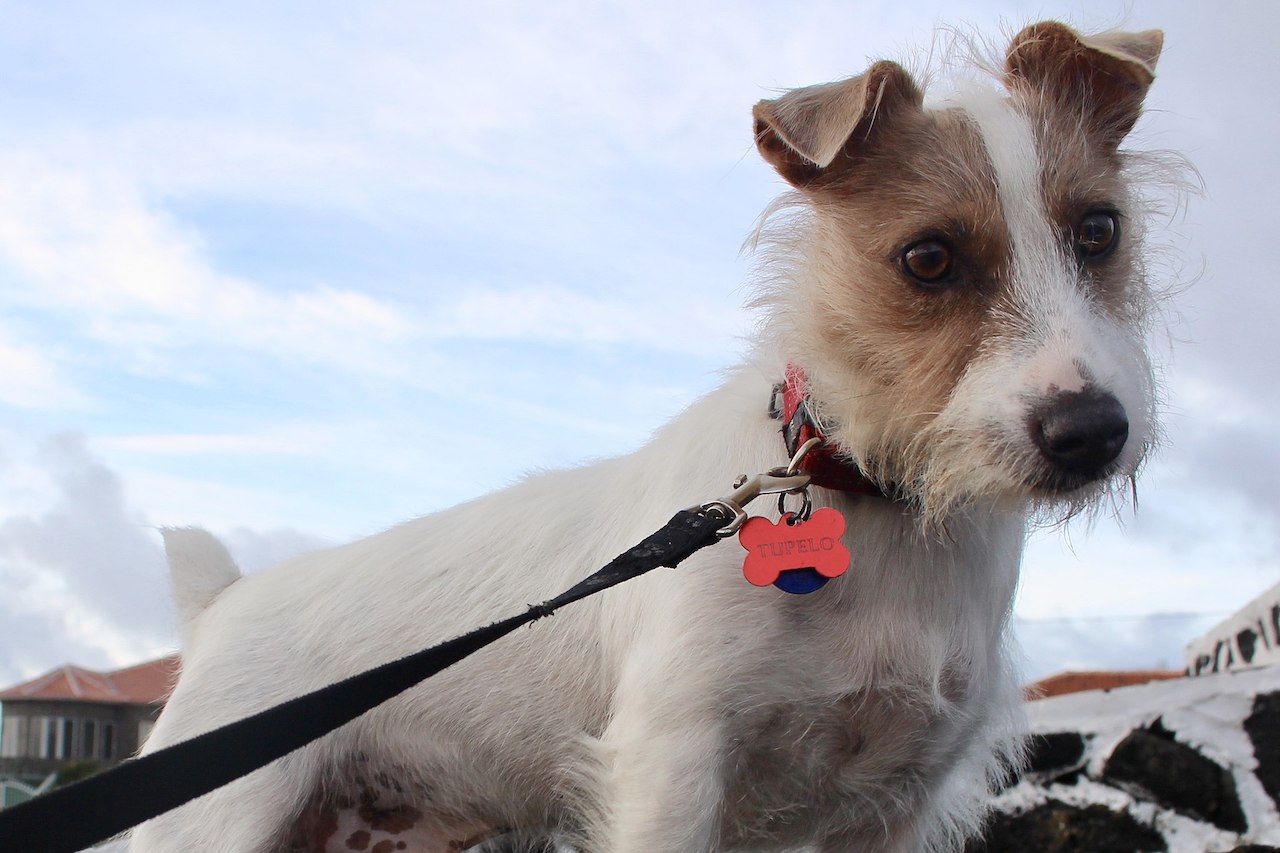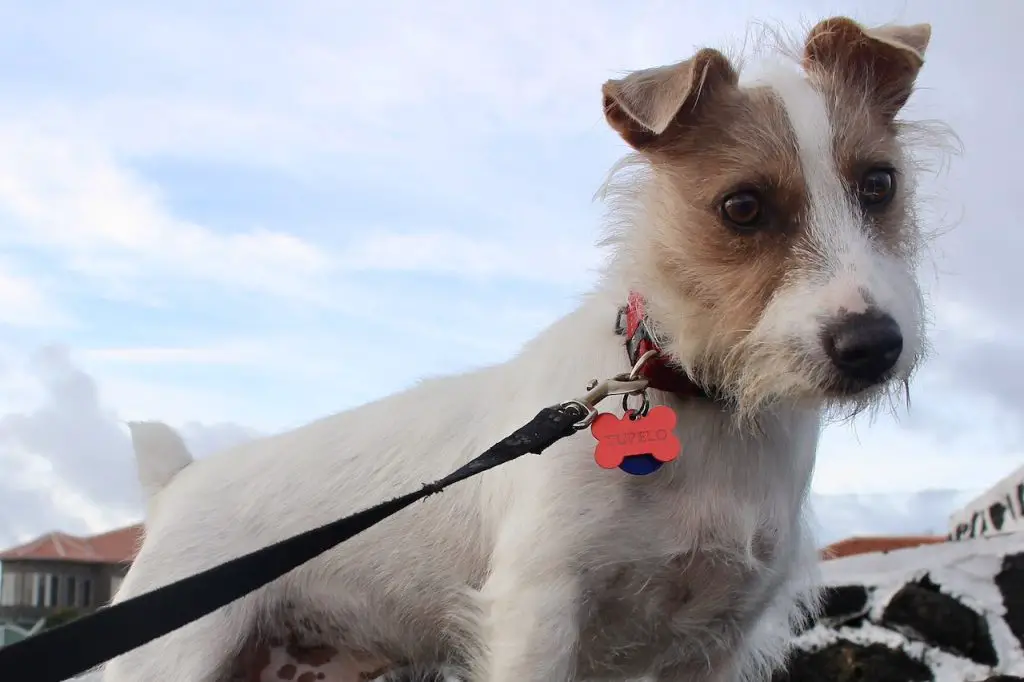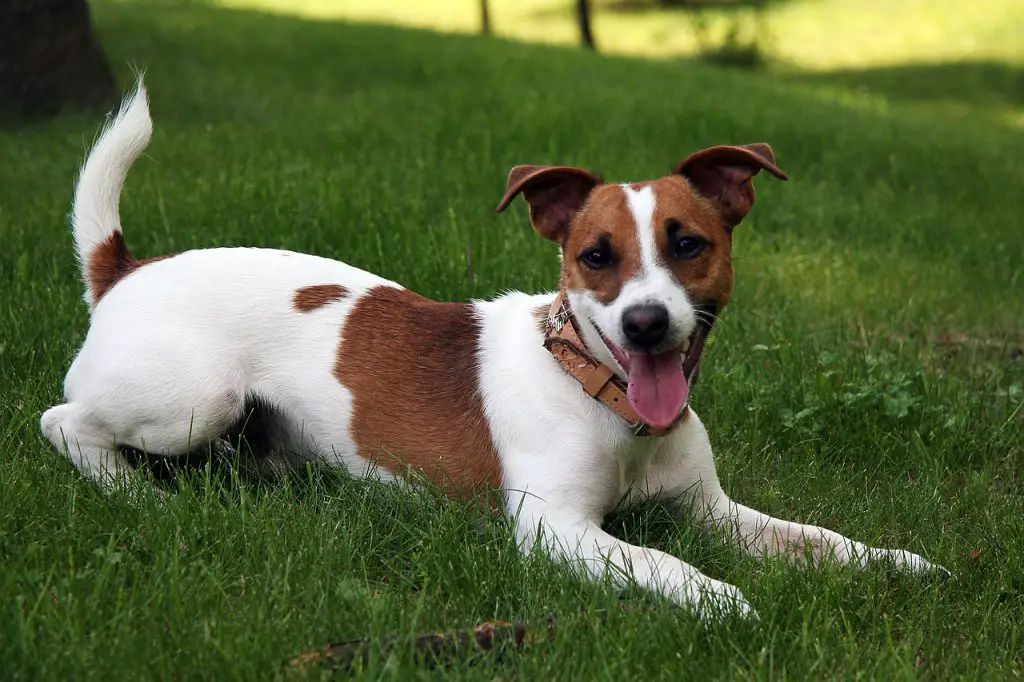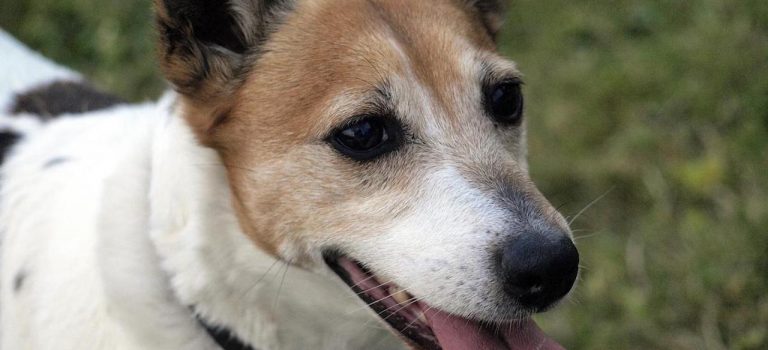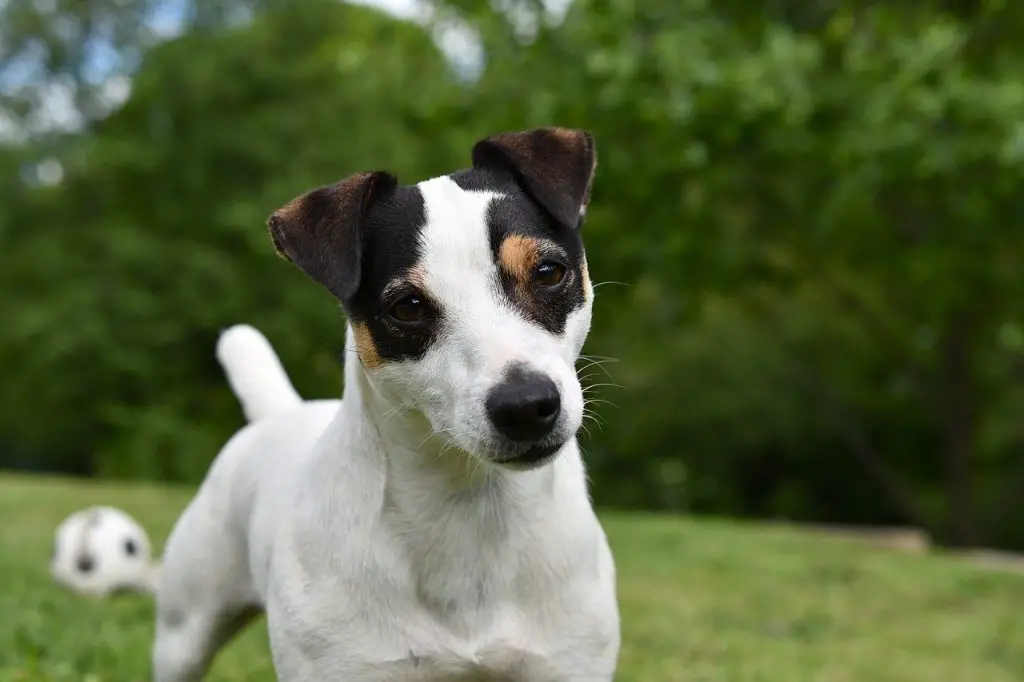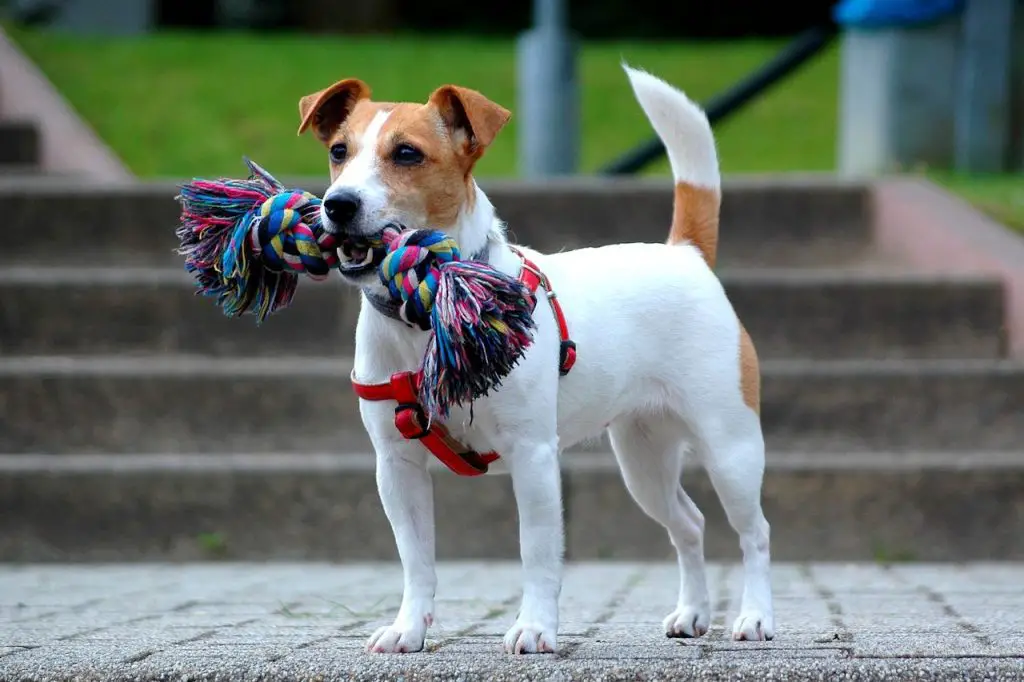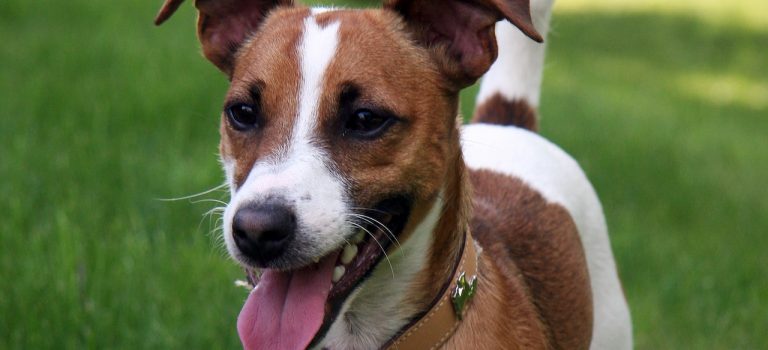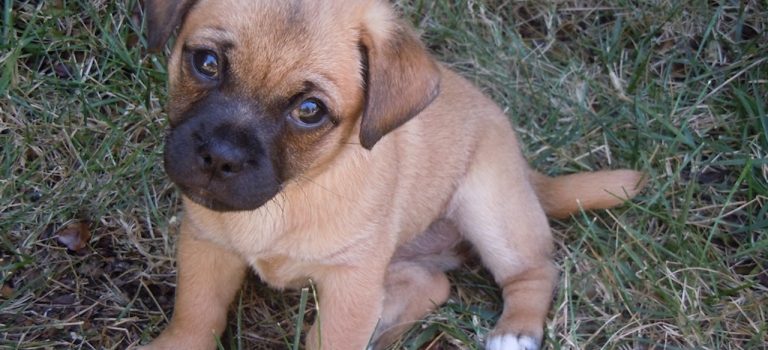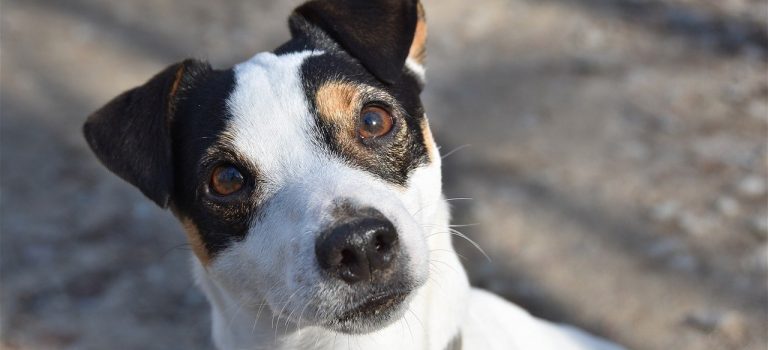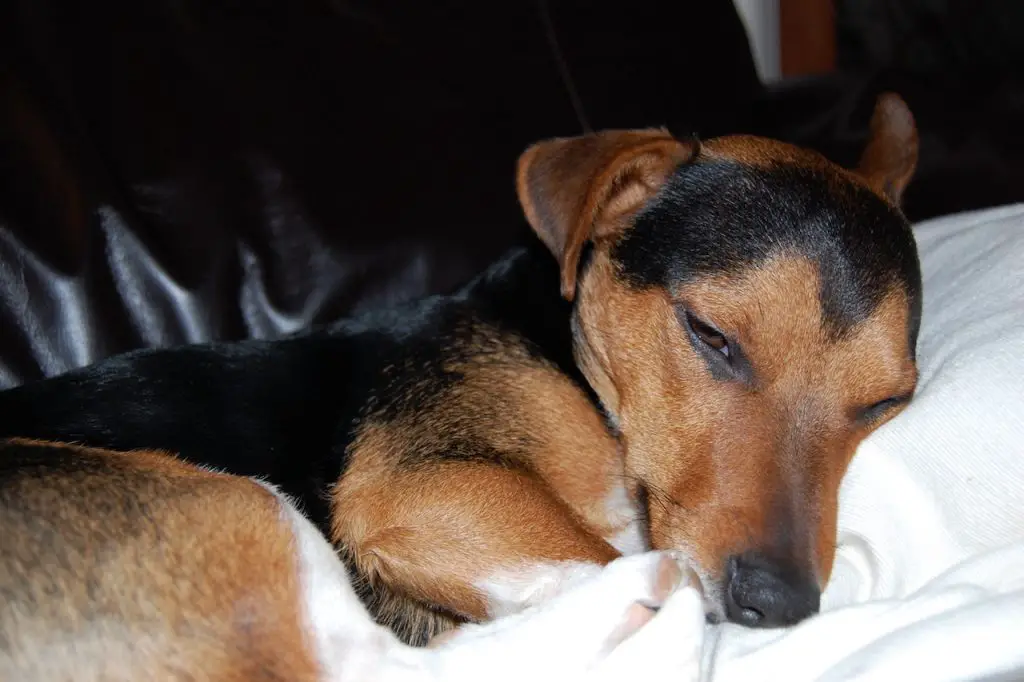jackrussellworld.co.uk is a participant in the Amazon Services LLC Associates Program and other affiliate advertising programs designed to provide a means for us to earn fees by linking to Amazon.com and affiliated sites. Affiliate links may be used on this page and in jackrussellworld.co.uk articles, but they do not impact on the price that you pay.
Jack Russell barking is common, but excessive and inappropriate barking from your dog can be a problem. In today’s blog we will have a look at the reasons why Jack Russells bark and how to stop it.
Main Reasons for Jack Russell Barking
There are many reasons why Jack Russells bark and there is usually a cause of stress or there is some kind of trigger. This could be due to guarding behaviour, being left alone or being reactive towards another dog.
Guarding Behaviour
As far as small breeds go, Jack Russells are probably amongst the best guard dogs you can get. Expect to hear barking every time someone walks past your house or knocks on your door. They will go CRAZY when the postman arrives! This is their job – as Jack Russells are very territorial. They are basically protecting you and alerting you to the fact that someone else is there. I remember when I got burgled, I asked the police man about CCTV or home security and he answered ‘Just get a dog, love!’ And so we did!
This kind of jack Russell barking is OK, as long as you are prepared for it and their behaviour doesn’t become aggressive towards visitors. Your dog can guard the house but he or she needs to learnt that when you invite visitors into your home they have to accept that. It may not be ideal however, if you have a job that involves working from home and has a lot of meetings.
Barks of Excitement
Sometimes a Jack Russell will get so excited that he physically cannot control himself! Ours barks incessantly when you show signs of getting ready for walkies! He just cannot wait! But it can give you a bit of a headache, so we recommend calming rituals before walks.
Scared of Strangers
Many Jack Russells bark at people that they walk past in the street, and this kind of barking is usually out of fear. This is often heightened by the tension caused by a lead, and so you might find that you end up with a ‘leash reactive dog’. That’s because their usual natural tactics to deal with fear (fight or flight) are not accessible when they are on a lead and so they resort to more aggressive barking.
When we rescued our Jack Russell Cross, Blake from the RSPCA, he was extremely loud, barking at every single person that went past. It took the enjoyment out of walking him, until we managed to limit it with positive reinforcement techniques.
Although it’s their attempt to protect themselves and you, it is important to stop this kind of behaviour. Otherwise your walkies are going to be stressful for both you and your dog. It may be worse when you rescue, especially if the rescue dog has been mistreated and is scared of strangers because he or she doesn’t trust them. In this case, you can use some of the positive reinforcement techniques outlined below.
Dog Reactivity
Jack Russells are generally very ‘barky’ or reactive dogs. If they haven’t been socialised as pups, they may display aggression (particularly leash aggression) towards other dogs. This can make walks stressful especially when you witness a ‘slanging match’ between your dog and any other dog that passes on the opposite side of the street!
It’s a good idea to establish weather this is a bark out of aggression (an ‘I wanna kill you!’ bark) or a bark out of frustration (I want to sniff you ass but I can’t!) because a leashed dog cannot easily greet another dog in the street, which is a natural thing to do. You can test your dog with other ‘good dogs’ in a controlled environment such as with a trainer or a with dogs muzzled.
You will need to utilise a combination of socialisation and training techniques to resolve this. Sometime, it is hard to completely stop the barking at other dogs, but you will be able to limit it.
Other Hazards – Bikes, Skateboards and Scooters
Jack Russells can also be particularly reactive towards people on moving objects such as bikes, scooters and skateboards. Pay attention around these hazards and if you know that your dog is particularly reactive to these, keep him on a short leash and walk in the opposite direction if you can.
Being Left alone
Jack Russells don’t fare very well being left alone for lengthy amounts of time. One of my friends who was a teacher had a gorgeous female Jack Russell. But they lived in an apartment and the dog barked constantly while she was at work. The neighbours complained and in the end the council got involved. Unfortunately she had to give her up.
It is not ideal to leave your Jack Russell for longer than around 3 hours. If you work long days and are not able to come to visit your dog at lunch time, then a Jack Russell Terrier may not be the ideal dog for you. Limit the time that your Jack Russell is left alone and ensure that there are puzzles and things to do to distract and entertain your dog while you are out.
How to Stop your Jack Russell Barking
Avoid Shock Collars
We are not fans of shock collars because they are uncomfortable (at best) and painful (at worst) for dogs. Experts tell us that shock collars that are used as a punishment for too much barking don’t actually correct the barking behaviour. All they do is instill fear in the dog and can actually make the barking even worse. They are cruel and ineffective and so we don’t suggest that you use one.
Use Positive Reinforcement Techniques such as Clicker Training
Positive reinforcement techniques are the most effective methods that you can use with your dog. As Jack Russells tend to be very food motivated, these methods work well with them. The treat or reward needs to be released within seconds of seeing the barking stimulus. For example:
- See a scooter = meat falls from sky!
- See another dog = chicken falls from sky!
You can also combine this with clicker training. This is when you use a clicker and reward the dog within 5 seconds of the click. The dog learns very quickly that click = treat. Learn this in the house first with plenty of practice and after a few days he or she will know exactly what the click means. You can then click when you see the barking stimulus and instead of barking incessantly, your dog should look at you for the treat rather than going mental at what went past!
Calming Rituals
For the Jack Russells that bark continuously when they are about to go out for walkies, you need to calm them before the walk starts. Stand patiently without looking at the dog. Don’t do anything or go anywhere until the barking stops. Only when the barking stops should you start to leave the house. If barking starts again pause again and wait. The dog will quite quickly learn that the crazy barking means that the walk DOES NOT begin!
You can use such calming rituals for other excitement barking. For example, if barking starts when they are ready to get out of the car, wait for the barking to stop before opening the door. They quickly pick up what makes the walkies start faster!
Socialisation
Doggy socialisation can be great for getting dogs used to other dogs and this can help with dog reactivity on leash.
It is best to start socialising your dog as a puppy with other puppies in a puppy class. Do this as soon as your pup has had his injections and is allowed to mix with other dogs and walk outside. If your dog was not socialised as a pup, or if you have rescued/adopted a dog as an adult it will be more of a challenge to socialise your dog, but it is still possible. Of course, some dogs just HATE other dogs and socialising is a massive challenge for those dogs.
When you are socialising your new dog as an adult, it needs to be in a controlled environment. Do this with a dog trainer present and in a secure area. If you know other friendly dogs you can ask their owners if they can meet. Often it’s a good idea to walk together on the leads first of all. Let them get a few smells but keep the walk going to keep it interesting. This also makes sure that the dogs are not only focused on each other.
When dogs first go off lead together you can try them muzzled if you like the first few times. When the dogs are not displaying aggression the muzzles can be removed. Baskerville muzzles are the best and safest kind. This is because they allow your dog to pant, eat and drink whilst wearing them.
Puzzles and Distractions for Leaving your Dog Alone
When you do leave your dog alone, you can minimise his or her stress by leaving plenty of things for him or her to do. This will focus his energy on the puzzles and finding the treats rather than the stress of you not being in the house. It should therefore limit destructive behaviour and barking. You can make your own dg puzzles such as hiding treats in shoe boxes.
We love Nina Ottosson dog puzzles. You can hide chicken or treats in them and your dog will need to use his paws and mouth to get them out. The ‘Dog Tornado’ is our favourite. Use healthy dog treats or even cooked chicken to hide in the compartments.
We also love leaving our Jack Russells with KONGs. Kong dog toys are very durable and you can stuff them with things like dog peanut butter and dog pate. Your dog will need to lick the middle to get the tasty goodness out. A stuffed KONG will generally keep your dog occupied for around 20 minutes at least.
Of course always make sure that your dog is OK being left alone with these toys – monitor him or her with them in your presence first. We know one dog who actually ate his way through a lickimat when left alone with it. The bits got stuck in his intestines and he had to have surgery to remove them! A good way to keep an eye on your dog while you are out is to put a dog camera on him. Then you can monitor his behaviour and see that he is not doing anything dangerous.
What has helped your Jack Russell?
If you combine these above methods, you should see at least an improvement in your dogs barking. Although it’s not easy to completely stop a Jack Russell barking, limiting it to the odd bark rather than constant barking is a good step.
You can read more about Jack Russell Training here.
What has worked for you and your dog? I’d love to hear from you – please feel free to comment on our blog below.
